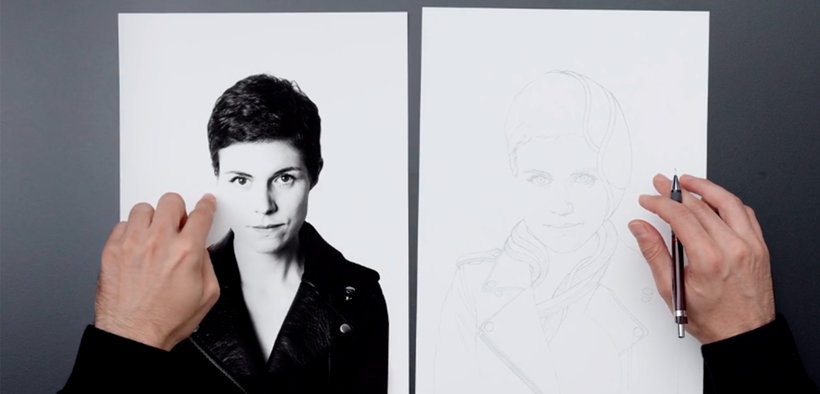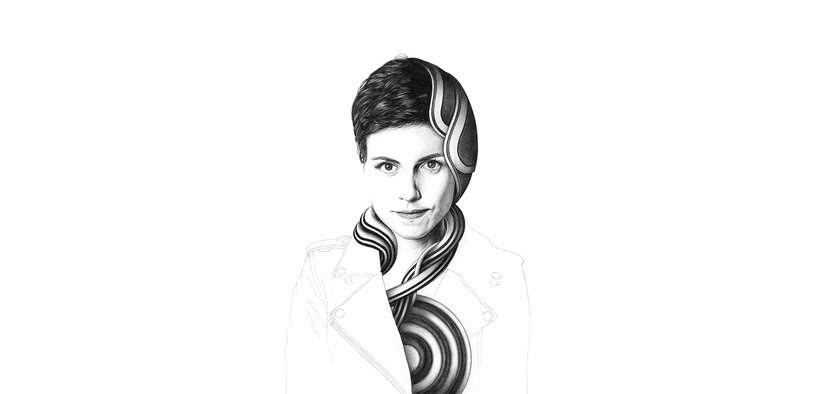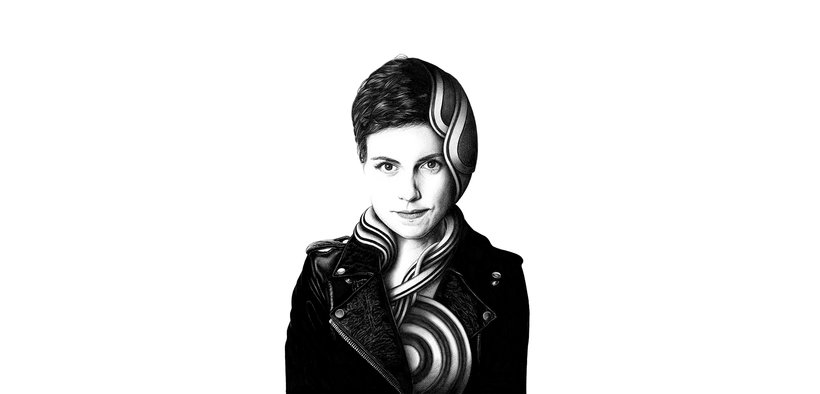Realistic Portraits with Pen
Course final project
A course by Joaquín Rodríguez , Graphic artist
Joined February 2015
About the final project for: Realistic Portraits with Pen
Realistic Portraits with Pen
“If you have come this far, I want to thank you for accompanying me in each of the steps we have taken and I hope you have enjoyed them as much as I did. Personally, I like to understand learning as a two-way process, and that is why I encourage you to review those lessons that you think may contain interesting details. If I have managed to give you the impulse to create and propose your own works, the course will have been successful. These are the steps you must follow to complete the final project of the course: Reference image and sketch: First, choose your reference image. To select the image it is convenient that you take into account the position and lighting values, always looking for the volume expressed based on these two factors to suit the effects you are looking for. When you have selected the photo, you will have to sketch your drawing in pencil. I have used the resource of the grid, although you can choose another more comfortable technique such as tracing. The important thing in this phase is to differentiate the contour lines of both the shapes and the lighting areas in the drawing. When you have the figure already fitted, it is time to add the elements that you think can enrich and improve the image. Remember to take into account the bases of the position and perspective of your figure to be able to integrate them in a coherent way. Remember also that in the additional resources of Unit 3 I left you support material to explain all these topics.






Partial transcription of the video
“Final project In this lesson we are going to review what we have learned throughout the course. To start your drawing, first you got the basic materials as they are paper, pencil and pen. Remember to give the different pen ranges a try that you can find in a very accessible way in the market. Then we select a reference photo to work on. and we saw how important factors such as position are, illumination, focal length of the lens you used and the definition of the image so that you are comfortable with your project. Then we go on to sketch our drawing and incorporate a series of elements int...”
This transcript is automatically generated, so it may contain mistakes.
Course summary for: Realistic Portraits with Pen
-
Category
Illustration -
Areas
Artistic Drawing, Drawing, Portrait Drawing, Realistic Drawing, Traditional illustration

Joaquín Rodríguez
A course by Joaquín Rodríguez
Graphic artist Joaquín Rodríguez has a degree in architecture, but found his true calling in drawing. Using a pen as his main creative tool, his work mostly combines abstract geometric figures with cyberpunk culture.
He has collaborated with the La Fiambrera gallery in Madrid and with Spanish magazines like Jaleo and Yorokobu. He has also participated in solo and group exhibitions in several galleries throughout Europe.
- 99% positive reviews (179)
- 3,329 students
- 18 lessons (4h 15m)
- 22 additional resources (9 files)
- Online and at your own pace
- Available on the app
- Audio: Spanish, English
- Spanish · English · Portuguese · German · French · Italian · Polish · Dutch · Turkish
- Level: Beginner
- Unlimited access forever
Category
Areas




